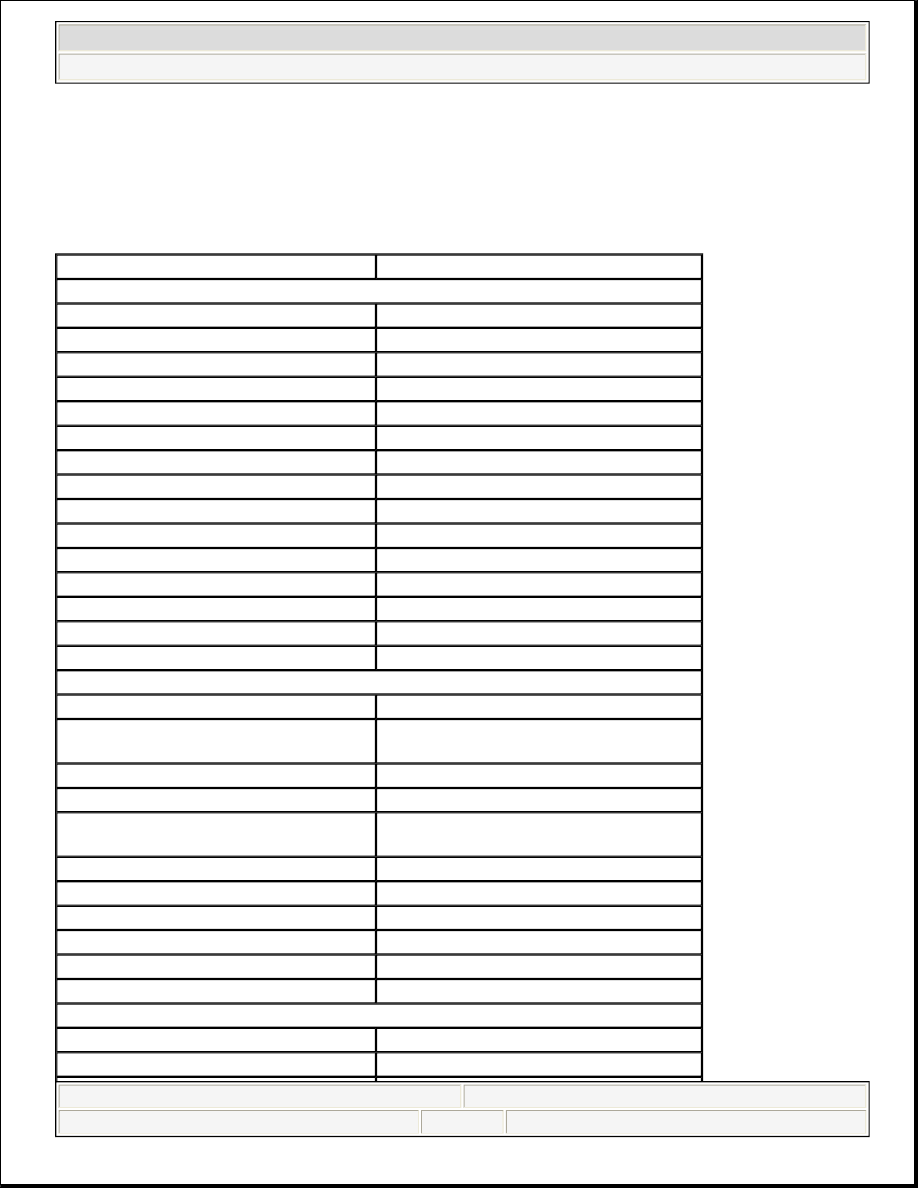Hummer H2. Manual - part 32

BASIC CLUTCH TROUBLE SHOOTING CHART
unique situation or individual vehicle configuration. The purpose of this Trouble
Shooting information is to provide a list of common causes to problem
symptoms. For model-specific Trouble Shooting, refer to SUBJECT,
DIAGNOSTIC, or TESTING articles available in the section(s) you are accessing.
CONDITION & POSSIBLE CAUSE
CORRECTION
Chattering or Grabbing
Incorrect clutch adjustment
Adjust clutch
Oil, grease or glaze on facings
Disassemble and clean or replace
Loose "U" joint flange
See DRIVE AXLES article
Worn input shaft spline
Replace input shaft
Binding pressure plate
Replace pressure plate
Binding release lever
See CLUTCH article
Binding clutch disc hub
Replace clutch disc
Unequal pressure plate contact
Replace worn/misaligned components
Loose/bent clutch disc
Replace clutch disc
Incorrect transmission alignment
Realign transmission
Worn pressure plate, disc or flywheel
Replace damaged components
Broken or weak pressure springs
Replace pressure plate
Sticking clutch pedal
Lubricate clutch pedal & linkage
Incorrect clutch disc facing
Replace clutch disc
Engine loose in chassis
Tighten all mounting bolts
Failure to Release
Oil or grease on clutch facings
Clean or replace clutch clutch disc
Incorrect release lever or pedal
adjustment
See CLUTCH article
Worn or broken clutch facings
Replace clutch disc
Bent clutch disc or pressure plate
Replace damaged components
Clutch disc hub binding on input shaft
Clean or replace clutch disc and/or input
shaft
Binding pilot bearing
Replace pilot bearing
Sticking release bearing sleeve
Replace release bearing and/or sleeve
Binding clutch cable
See CLUTCH article
Defective clutch master
Replace master cylinder
Defective clutch slave
Replace slave cylinder
Air in hydraulic system
Bleed hydraulic system
Rattling
Weak or broken release lever spring
Replace spring and check alignment
Damaged pressure plate
Replace pressure plate
1998 Chevrolet Pickup C1500
GENERAL INFORMATION Trouble Shooting - Basic Procedures